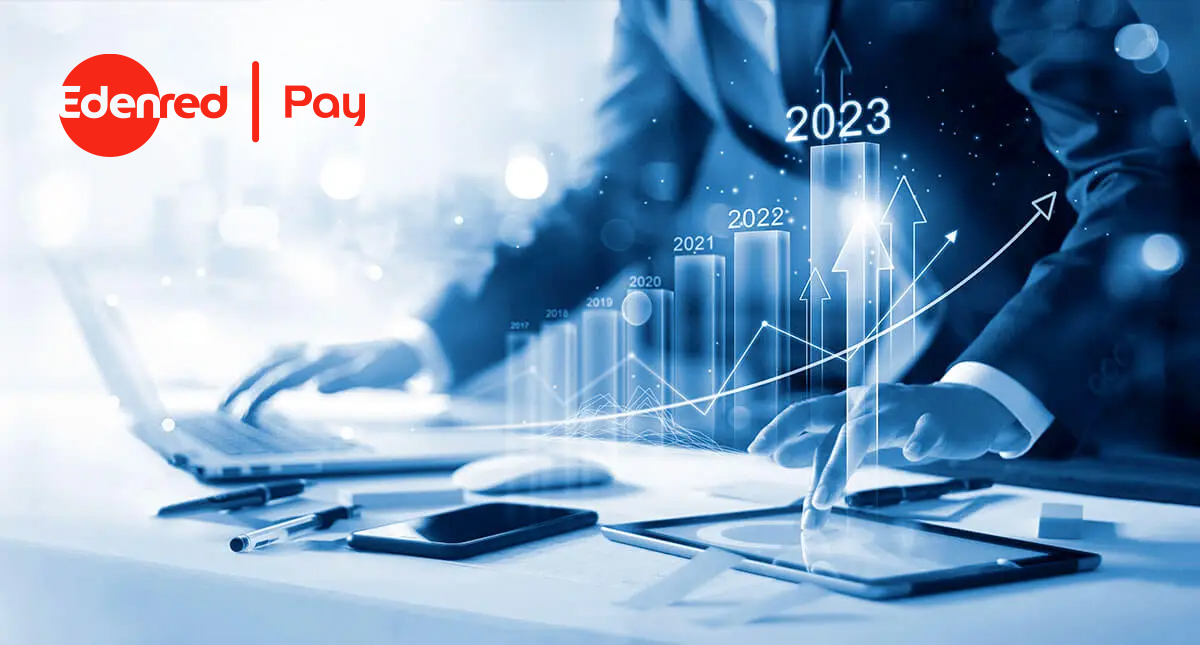Guest post by Mark Brousseau of Brousseau & Associates
Accounts payable (AP) has a reputation as being slow to change. But the last three years have brought seismic shifts in the way that AP departments operate. And accounts payable trends in 2023 show the forward motion of the industry.
New ways of working.
- The prolonged shift to remote working upended established approaches to onboarding suppliers, processing invoices, and disbursing funds. Manual, paper-based processes have been hard to adapt to this new remote work environment.
- New threats. Increasingly sophisticated bad actors and the greater reliance by businesses on email to onboard suppliers, approve invoices, chase down payment approvals, and manage supplier banking details have created new fraud risks. As a result, business Email Compromise (BEC)A cybercrime in which attackers impersonate executives or suppliers to fraudulently divert payments. C attacks, phishingA type of cyberattack that uses fraudulent emails to trick users into sharing sensitive information like login credentials or banking details. schemes, account takeovers, and other fraudulent activity are on the rise.
- New pressures. As corporate decision-makers try to navigate these turbulent times, they are leaning hard on AP to provide real-time visibility into cash flow and corporate spending. Unfortunately, days-old spreadsheets are not enough to keep up in today’s fast-changing environment.
While most AP leaders have done a good job of adjusting their invoice-to-pay processes to the new reality, they must now prepare their departments for additional changes in 2023.
In the year ahead, AP will transform into a function that is even more automated, optimized, and monetized.
Trend #1: AP becomes more automated
Seventy-one percent of AP departments have plans to automate in the next year, according to the Institute of Finance and Management (IOFM). What’s more, 44 percent of AP leaders who describe their department as being “largely automated” plan to deploy more technology. Only six percent of AP departments have no plans to abandon their manual, paper-based processes, IOFM reports.
The combination of the shift to remote working and unrelenting pressure to “do more with less” has forced more payables leaders to rethink the way their department operates and its underlying cost structure. Eighty-four percent of the typical AP practitioner’s day is wasted on manual tasks such as keying invoice and payment data, shuffling paper and emails, chasing down approvals, fixing errors and mistakes, and responding to calls and emails from suppliers about the status of payments.
Against this backdrop, more AP departments will automate their invoice-to-pay process in 2023. Eliminating check printing and other manual tasks will enable AP departments to lower costs, reduce exceptions through guaranteed invoice data capture accuracy, speed the approval of invoices and the resolution of exceptions, and free staff to focus on more fulfilling, higher-value activities.
Trend #2: AP becomes more optimized
If your AP department is bogged down with manual tasks, you are not alone. Sixty-five percent of AP departments must manually handle most of the invoices they receive from suppliers, even digital invoices, the Association for Intelligent Information Management (AIIM) reports. Yet 77 percent of departments have deployed some type of automated invoice-to-pay solution, per IOFM.
Don’t blame automation for this disconnect.
The culprit is the piecemeal approach that most departments have taken to automating their invoice-to-pay process. When it comes to onboarding suppliers, processing invoices, and disbursing funds, most AP departments rely on a hodgepodge of point solutions and closed-loop networks, each with its own logins and passwords, account requirements, file formats, and proprietary integrations. In other words, AP departments may have automated their processes, but they haven’t optimized them.
Fewer than 10 percent of all AP departments operate in a fully automated environment, IOFM finds.
The stakes are too high for AP departments to continue relying on manual processes. That’s why more AP departments will optimize their operations in 2023 by deploying solutions that automate the invoice-to-pay process end-to-end. Optimizing the invoice-to-pay process will empower payables departments to efficiently scale their operations, speed the financial close, improve the accuracy and transparency of their supplier data, and extend the value of their ERP or accounting software.
Trend #3: AP is monetized
Working capital means more in times like these.
Rising interest rates, sky-high inflation, soaring labor costs, and unpredictable expenses from clogged global supply chains will make it critical that businesses carefully manage their cash flow in 2023.
AP can be a ballast in these turbulent times.
Organizations will take steps to monetize their payables in 2023. End-to-end invoice-to-pay solutions enable businesses to generate working capital, earn significant rebates from qualifying card purchases, optimize the cash conversion cycle, improve cash forecasting, and better manage corporate spending through real-time visibility into invoice data. Monetizing AP will transform the function into a profit center.
The Time is Now
AP has undergone a tremendous transformation over the past few years. But the most significant changes lie ahead. As AP becomes more automated, optimized, and monetized in 2023, the function’s standing within the company will rise. And its impact on the corporate bottom line will exponentially grow.
AP leaders must seize this opportunity and prepare for these trends in 2023.
_________________________________________________________________________________________________________________
Edenred PayEdenred Pay is the market leader in B2B payments automation., an Edenred Company, is the global leader in B2B payments automation. Our integrated platform connects buyers with trading partners, ERPs, banks, FinTechs, and payment rails to optimize supplier enablementThe process of onboarding suppliers to electronic invoicing and payment systems to streamline transactions., invoice approvals, and B2B payments and create a frictionless process for B2B transactions. Learn more at www.edenredpay.com or schedule a meeting with us.

Ready to elevate your B2B payments?
Whether you are automating for the first time, ready to refresh your existing technology, or looking for ways to complete the ‘last mile’ of automation, Edenred Pay can help. Let’s chat about your needs.







